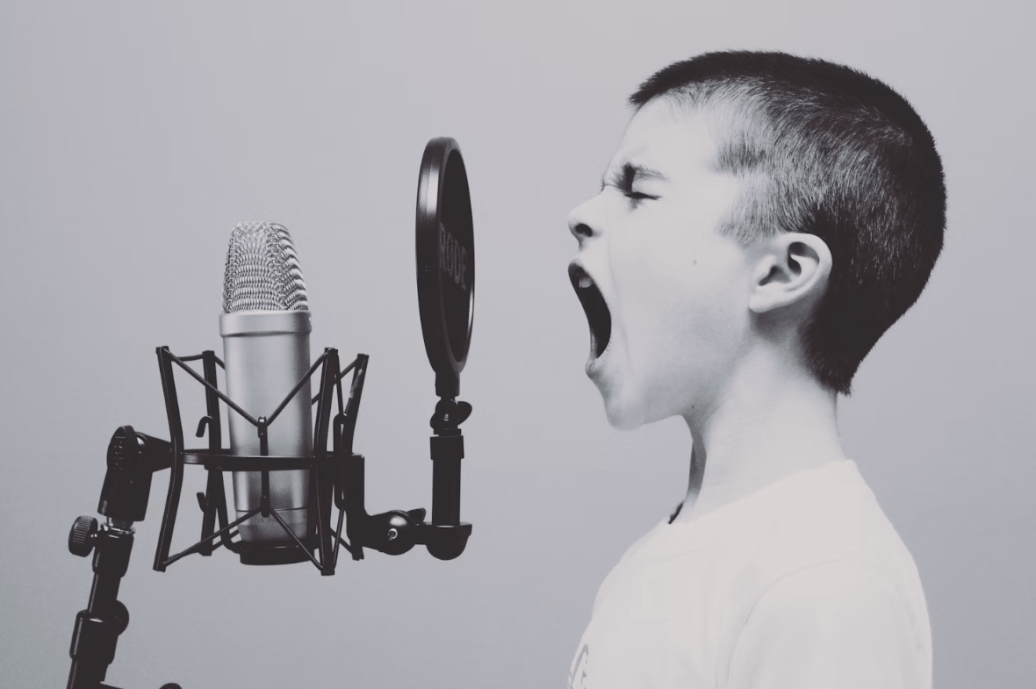
Vocal Layering: Building Emotion Through Sound
Vocal layering is one of the most powerful tools in modern music production. By stacking harmonies, doubles, and effects, artists create depth, emotion, and intensity that elevate their songs.
The technique starts with a clean lead vocal track. From there, supporting layers are added—some closely follow the lead, others diverge with harmony or rhythm. When combined, they create a tapestry of sound that can be felt as much as heard.
Layering also allows artists to manipulate dynamics.
Whispered lines tucked beneath a bold chorus can convey vulnerability. A sudden wall of harmonies can turn a chorus into an emotional climax.
In live settings, layering is recreated with backing vocalists or pre-recorded stems. But in the studio, it offers unmatched control over each moment’s mood.
This technique has been embraced across genres—from indie ballads to experimental hip hop. It transcends style, offering versatility and emotional impact.
Ultimately, vocal layering is not just about volume or complexity—it’s about storytelling through texture. Done right, it becomes the emotional heartbeat of a song.